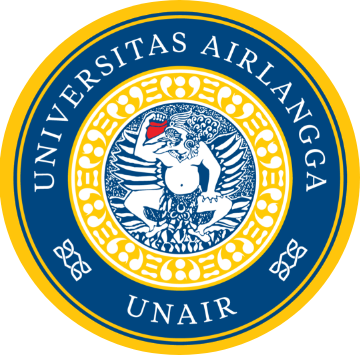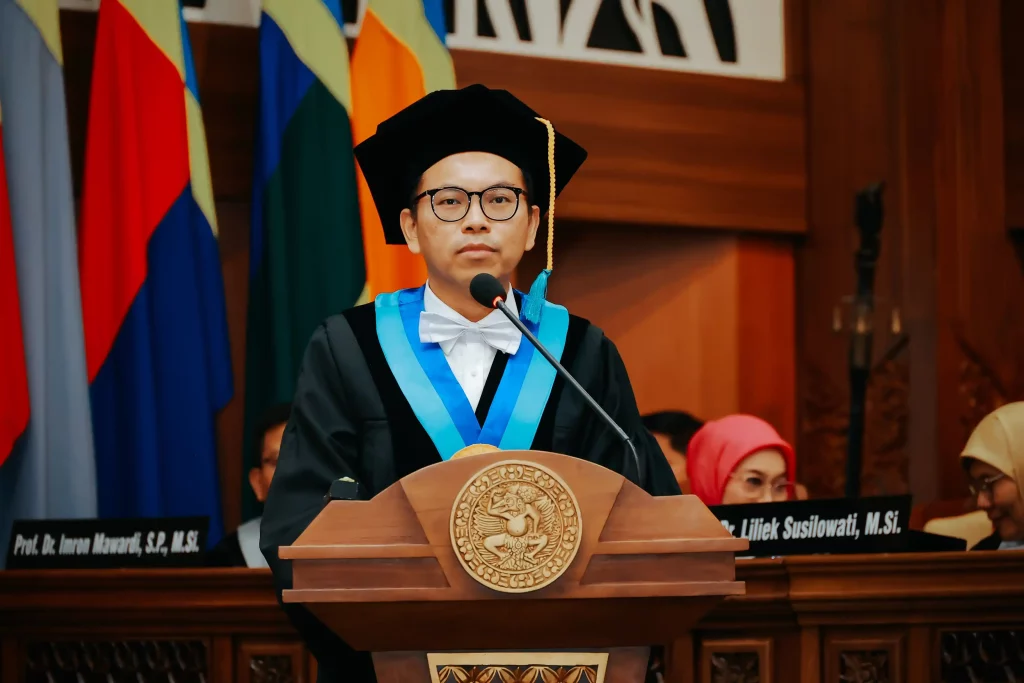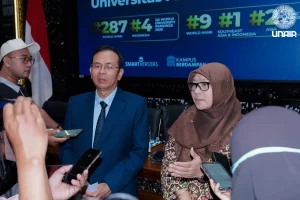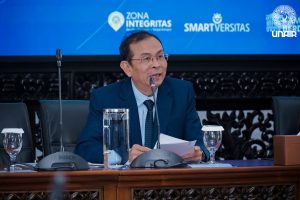UNAIR NEWS – As an essential component of global healthcare systems, nurses play a vital role both domestically and internationally. By 2030, global demand for nurses is expected to surpass 13 million. This growing need presents a significant opportunity for Indonesian nurses to pursue careers abroad as migrant professionals. However, such prospects also require nurses to exhibit exceptional professionalism and advanced skills.
This issue was addressed by Prof. Ferry Efendi, SKep, Ns, MSc, PhD, Professor of Community Nursing at the Faculty of Nursing, Universitas Airlangga (UNAIR). Officially inaugurated on Thursday, Dec 19, 2024 at the Garuda Mukti Hall of UNAIR’s MERR-C Campus, Prof. Efendi delivered his academic address titled “The Potential for Indonesian Nurses’ Professionalism and Competence in the Global Healthcare Job Market.”
In his address, Prof. Efendi emphasized the need to evaluate the competence and professionalism of Indonesian nurses. He pointed out that the current demographic bonus in Indonesia, which increases the working-age population, has a direct impact on the supply of nurses in the country and their potential for migration.
“Thus, discussions about migrant nurses should not only explore opportunities and challenges in the global job market but also serve as a catalyst for improving the quality of nursing education and governance policies in Indonesia,” he explained.
Challenges facing migrant nurses
The migration of Indonesian nurses to other countries has been a longstanding phenomenon. However, Prof. Efendi noted that the process comes with significant challenges across three stages: pre-migration, migration, and post-migration.
The pre-migration phase serves as a critical foundation. According to Prof. Efendi, aspiring migrant nurses often face hurdles such as language barriers, limited understanding of the cultural norms in their destination countries, and inadequate motivation or mental preparation.
During the migration phase, Indonesian nurses encounter not only linguistic challenges but also difficulties in adapting to new cultural environments. “Cultural adaptation involves more than just understanding local customs; it requires strong interpersonal communication skills as well,” he added.
In the post-migration phase, returning nurses face the risk of brain waste, which Prof. Efendi described as the underutilization of skills and knowledge acquired abroad. “Ideally, we should strive for a balanced migration cycle that allows migrant nurses to contribute to their home country through knowledge and experience transfer,” he said.
Collaboration among stakeholders
Prof. Efendi highlighted the strategic role Indonesian migrant nurses can play in bolstering global healthcare systems, particularly in countries like Australia and Singapore, where healthcare professionals are in high demand. He stressed the importance of enhancing professionalism and competence through collaboration among governments, educational institutions, and communities.
“The government must implement strategic policies to optimize the nursing workforce as a center of excellence, contributing to the vision of Indonesia Emas 2045. This can be achieved through pre-migration training, boosting international recognition of migrant nurses, and implementing mentorship programs with returning nurses,” he suggested.
Prof. Efendi also urged nursing schools to adopt more adaptive curricula that align with global healthcare industry trends. He called for increased innovation and research to address the well-being of migrant healthcare workers, particularly nurses.
“Lastly, families and communities can provide crucial moral and emotional support to Indonesian nurses working abroad. On the other hand, society can also leverage the experiences of returning migrant nurses to strengthen local healthcare systems through community-based collaborative initiatives,” he concluded.
Author: Nadia Azahrah Putri
Editor: Yulia Rohmawati









